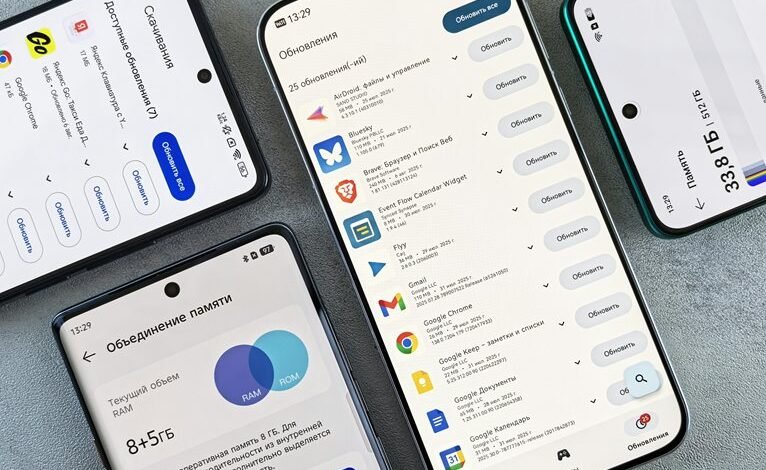Tronjuya97.0: Updates and Features

Tronjuya 97.0 introduces significant updates aimed at enhancing user experience. The enhanced user interface offers a more intuitive navigation process, while performance improvements lead to reduced load times and better resource management. Additionally, new functionalities provide users with greater customization options. These changes suggest a shift towards a more efficient digital environment. However, the implications of these updates on user engagement and productivity warrant further exploration.
Enhanced User Interface
As users increasingly seek intuitive and seamless digital experiences, the Enhanced User Interface of Tronjuya 97.0 stands out as a significant advancement.
This update prioritizes user experience through refined design aesthetics, ensuring that interactions are not only functional but also visually appealing.
Performance Improvements
While users demand faster and more efficient software solutions, the performance improvements in Tronjuya 97.0 address these expectations head-on.
Key enhancements include speed optimization techniques that significantly reduce load times, alongside advanced resource management strategies that ensure smoother operation even under heavy workloads.
These updates empower users, providing a more responsive experience that aligns with their desire for freedom and efficiency in their digital tools.
New Functionalities
The enhancements in Tronjuya 97.0 extend beyond mere performance improvements, introducing a suite of new functionalities that elevate user experience.
Notably, user customization options have expanded, allowing individuals to tailor their interface seamlessly.
Additionally, feature integration enhances workflow efficiency, enabling users to navigate tasks fluidly.
These developments not only empower users but also foster a sense of autonomy and control over their digital environments.
Conclusion
In conclusion, Tronjuya 97.0 emerges as a transformative update, not merely through its enhanced user interface and performance improvements, but by fostering a deeper relationship between users and technology. The theory that user satisfaction correlates directly with customization capabilities is substantiated here; as individuals gain more control over their digital environments, their overall experience improves. This version not only sets a precedent for future advancements but also challenges the industry to prioritize user-centric design and functionality.




